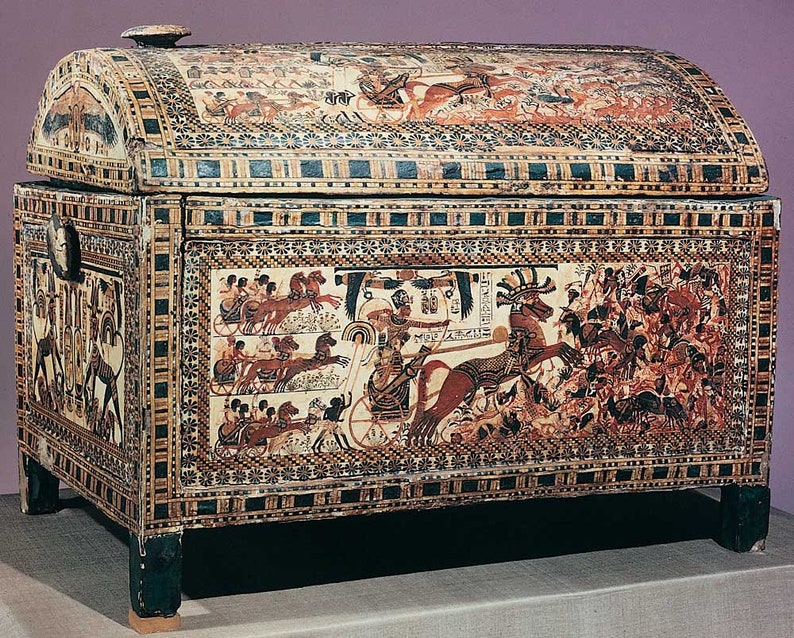
King Tut Grass tends to be quite vulnerable to extremely low temperatures which, as we’ve seen above, is thanks to their natural habitat being considerably warm. And you don’t need too much of it – fertilizing once using a balanced fertilizer will go a long way in strengthening the plant’s stems. Just like planting, it’s best to fertilize your plant in spring. Dealing with it is as simple as nipping off the dead parts as soon as they appear. That being said, keep an eye out for rust fungus which causes stem and foliage discoloration. So there’s little to worry about on this front. King Tut Grass is generally hardy, so it doesn’t usually have a lot of problems as far as pests and diseases are concerned. Outside of these areas, bringing your plant in is highly recommended (more on that in a few). This will be in USDA hardiness zones 9 to 11. Just as it does for light, King Tut Grass’ native habitat influences the temperature and humidity readings the plant can withstand – which is to say warm conditions are always the best. If you have to bring it inside for winter, be sure to keep your King Tut Grass in a sunroom or any brightly lit spot like a window or patio door. This shouldn’t be a problem if you’re raising your plant outdoors. A good amount here means some 6+ hours of exposure, although partial shade (4 hours minimum) is just as ideal.


King Tut Grass needs a good amount of sunlight to thrive, which is a given considering its natural habitat. Spring is usually the best time of the year, and it’s always a good idea to start off your babies from young plants rather than seeds. The best chance of having a thriving papyrus plant is paying attention to the seasons. Plus, the soggy soils will ensure flowering all year round which is something you should certainly want. Letting the King Tut Grass stay dry for any amount of time will result in crooked stems and even death. You can grab a pot without drainage holes to achieve this or you can just submerge the pot in a larger water-filled container. Containers with regular potting soil are also good but then you’ll have to make a few adjustments to keep the soil constantly wet. Wet boggy soil is your best bet in this case.Ī bog and pond – along the edges, that is – are some two great places to consider. King Tut Grass is always in water for the most part in its natural habitat, so this is something you should try to mimic. You certainly want to grow a healthy and beautiful King Tut Grass plant. The rhizomes from which stems grow are eaten (both raw and cooked) in some parts of Africa.Livestock feeds – mostly the young shoots.

Today, while largely ornamental, the plant has other uses, namely: King Tut Grass UsesĪside from being used in ancient paper-making, King Tut Grass also provided material for boats, utensils, fuel, tampons, medicine, and sandals. It has a considerably wide distribution throughout the African continent and Mediterranean countries where it grows on lake margins and swamps.

In ancient Egypt, it provided the material for one of the first types of paper ever made. While it’s popular today as an ornamental plant, the King Tut Grass will always have a special place in human civilization. With a maximum height of 24 inches, it’s ideal as a thriller or filler in small water gardens and is easy to keep indoors when the cold season sets in. If you’re not so much into the huge size, there’s a miniaturized version of the plant called Cyperus papyrus Dwarf Form, that’s just as beautiful. In summer, the mature stalks put out flower clusters and eventually numerous small dark brown nut-like fruits. Combined, the stems are about 4 feet wide.Įach of the stems is topped by a cluster of dense green stalks that bend downward with time as the plant matures.
KING TUT PAPYRUS SET FREE
Words and Ideas asters Audrey Driscoll autumn blogging blue poppies book marketing book reviews Canva coloured leaves compost contrarian attitude critique groups dead plants document formatting drought ebook cover images ebooks editing Emerging Local Authors Collection fall fall in the garden fictitious characters first drafts free ebooks gardeners garden maintenance garden photos garden work Greater Victoria Public Library H.P.The plant is most noticeable for its tall stems, about 1 ½ inch thick at the base and growing to lengths of 5-8 feet in ideal conditions.


 0 kommentar(er)
0 kommentar(er)
